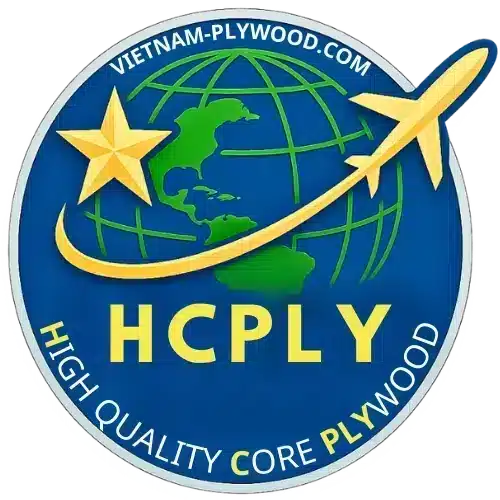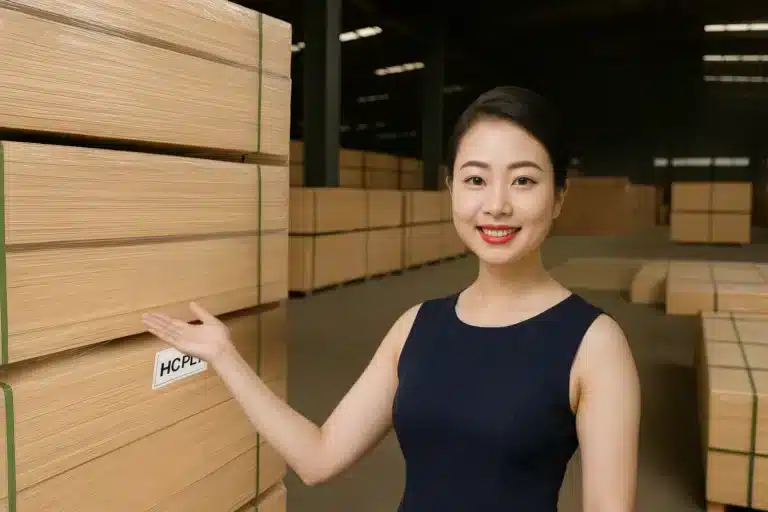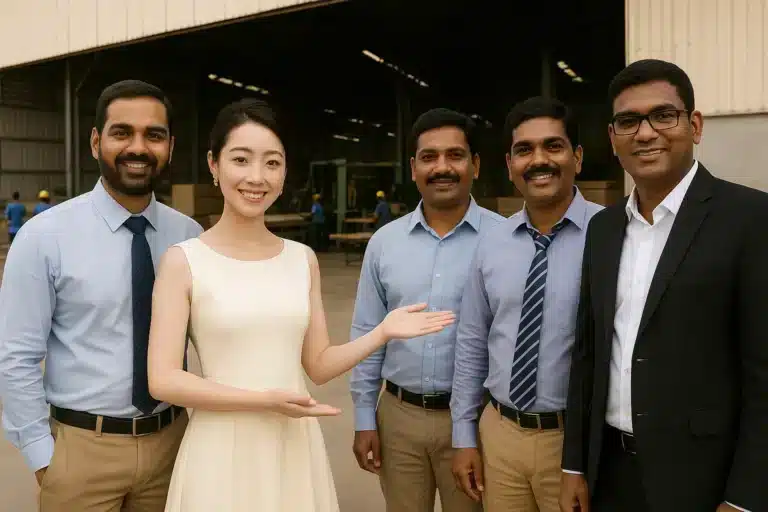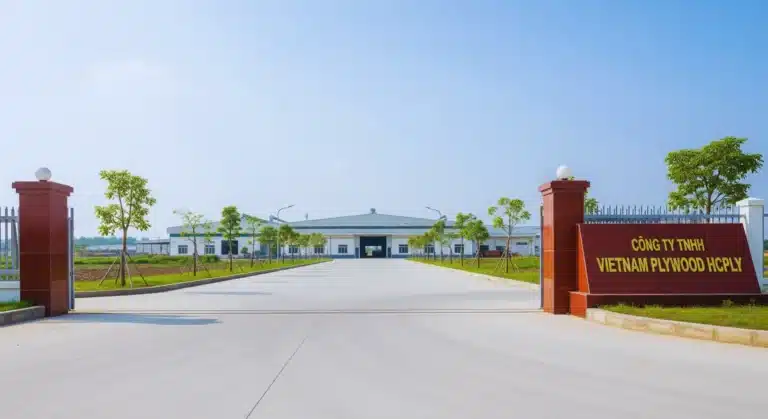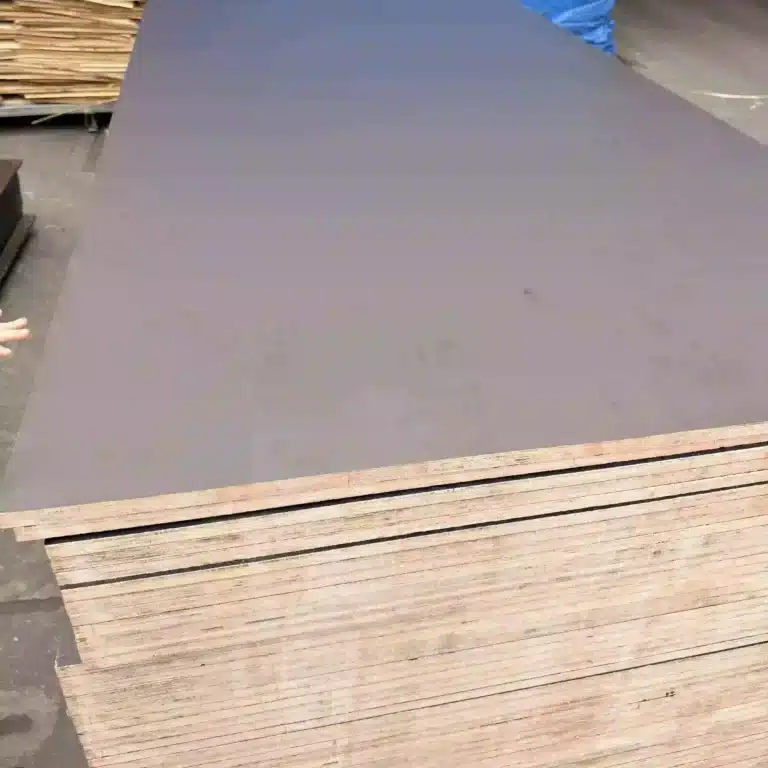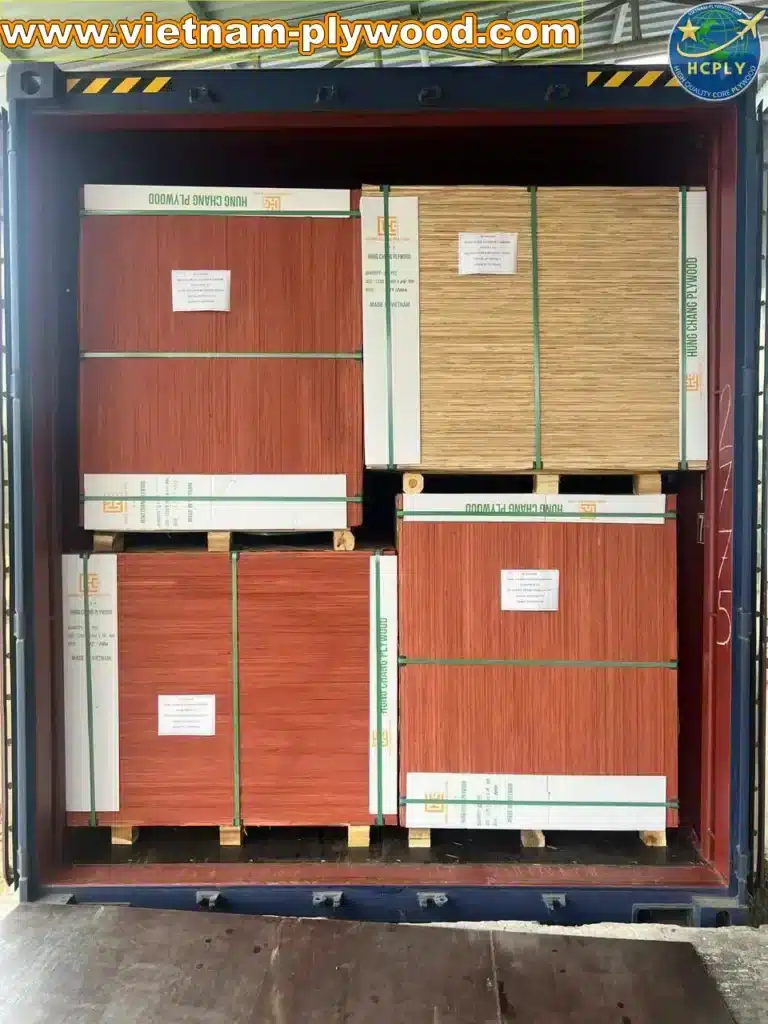How to Avoid Quality Issues When Buying Plywood from Vietnam?
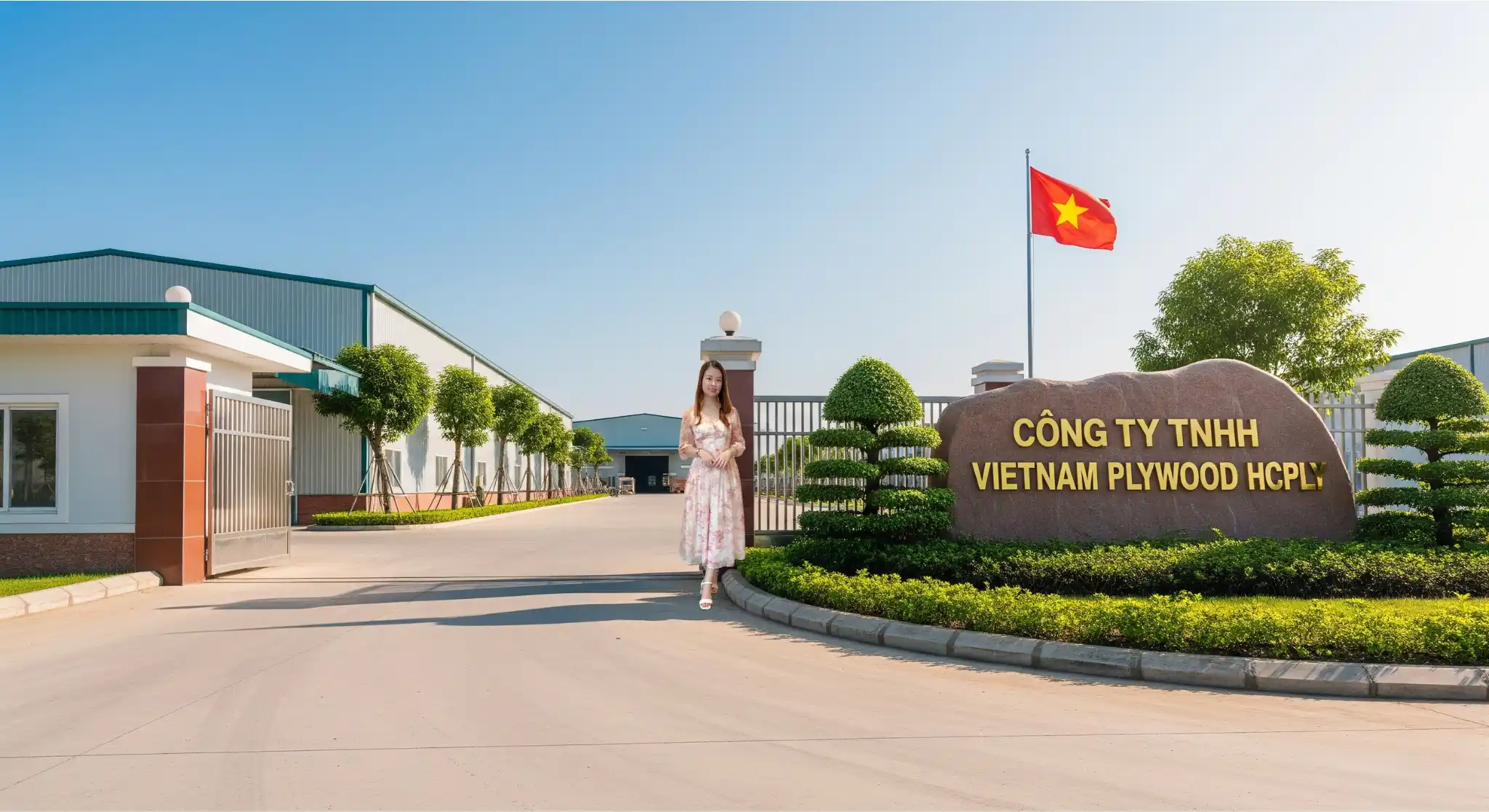
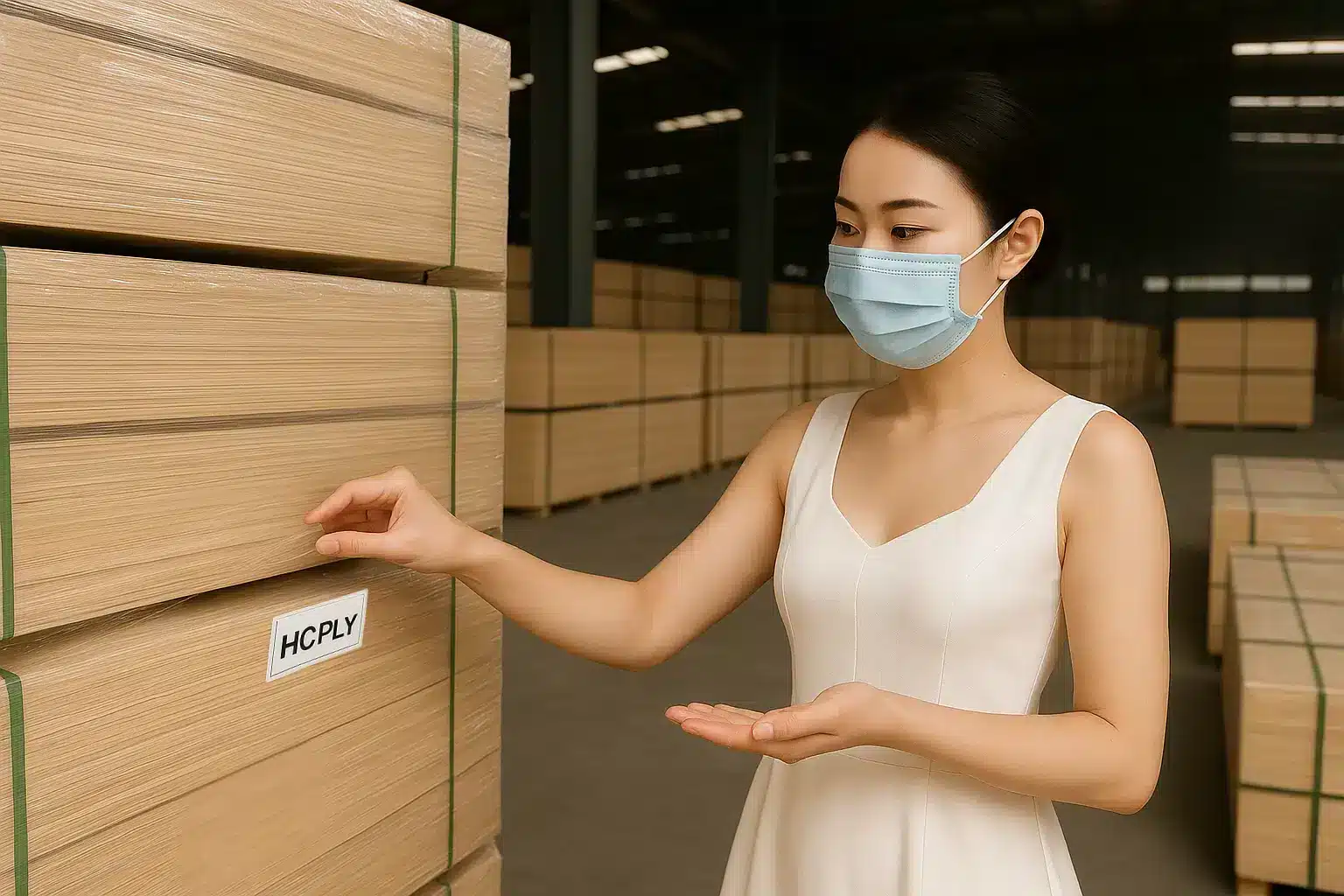
🏆 How to Avoid Quality Issues When Buying Plywood from Vietnam
Hi, Lucy here! If you’re sourcing plywood internationally, ensuring Vietnam plywood quality control is essential to avoid costly mistakes. Even one defective shipment can lead to delayed projects, client complaints, and financial loss. This guide gives you practical steps to avoid plywood defects in Vietnam and secure consistent quality.
🎯 Step 1 – Choose a Reputable Supplier
Your quality control process starts with supplier selection:
- Proven export track record – Ask for references and shipping history.
- Valid certifications – Look for FSC, CE, CARB P2, or ISO 9001.
- Clear specifications – Face veneer type, core species, glue type, moisture level.
Tip: Visit the factory or request a live video tour to verify production capacity and machinery.
💎 Step 2 – Arrange Pre-Shipment Inspections
Never skip quality checks before the container leaves Vietnam:
- Surface quality – Smooth veneer, no patches, overlaps, or gaps.
- Core integrity – No voids, even layering, and proper bonding.
- Glue type verification – WBP, Melamine, or Phenolic as per contract.
- Dimensional accuracy – Thickness tolerance within ±0.5 mm.
Engage a trusted Vietnam plywood quality control agency such as SGS, Intertek, or Bureau Veritas for impartial reports.
📦 Step 3 – Verify Packing & Loading Standards
Poor packaging can ruin even the best plywood:
- Waterproof wrapping – Protects against sea moisture.
- Steel or PP strapping – Maintains bundle integrity during handling.
- Optimized container loading – Even weight distribution, no overloading, correct pallet stacking.
For sensitive veneers like Okoume or Birch, request extra corner protection to prevent transit damage.
🛠 Step 4 – Use a Detailed Purchase Contract
Your contract should define:
- Exact plywood grade, dimensions, and core composition.
- Glue type, moisture content, and face veneer species.
- Inspection rights and timelines.
- Penalty clauses for non-compliance or late delivery.
Contracts aligned with Incoterms (FOB, CIF) provide clarity on responsibilities.
🔍 Step 5 – Maintain Continuous Communication
Stay connected with your supplier throughout production:
- Weekly progress updates with photos/videos.
- Immediate alerts if raw material quality changes.
- Advance notice of shipment schedules.
A responsive supplier is often a reliable Vietnam plywood manufacturer who values long-term partnerships.
📌 FAQ – Avoiding Plywood Defects in Vietnam
Q1: Can I use third-party inspection agencies?
Yes, using SGS, TUV, or Bureau Veritas ensures objective quality checks.
Q2: What if defects are found after arrival?
Document issues with photos, contact the supplier immediately, and refer to the contract’s compensation or replacement policy.
Q3: Is premium-grade plywood worth the extra cost?
Absolutely—high-grade plywood reduces waste, improves durability, and enhances customer satisfaction.
Q4: How early should I book inspections?
At least 3–5 days before production completion to allow corrections.
Q5: Should I combine inspections with moisture checks?
Yes, moisture control is critical to preventing warping and delamination.
🏁 Conclusion – Ship with Confidence
Implementing strict Vietnam plywood quality control procedures ensures you avoid unexpected problems. From selecting a reputable supplier to verifying packing and using detailed contracts, each step helps you avoid plywood defects in Vietnam. Quality assurance is not a cost—it’s an investment in your brand’s reputation.
📩 Contact HCPLY – WhatsApp +84-975807426 | Email [email protected]
